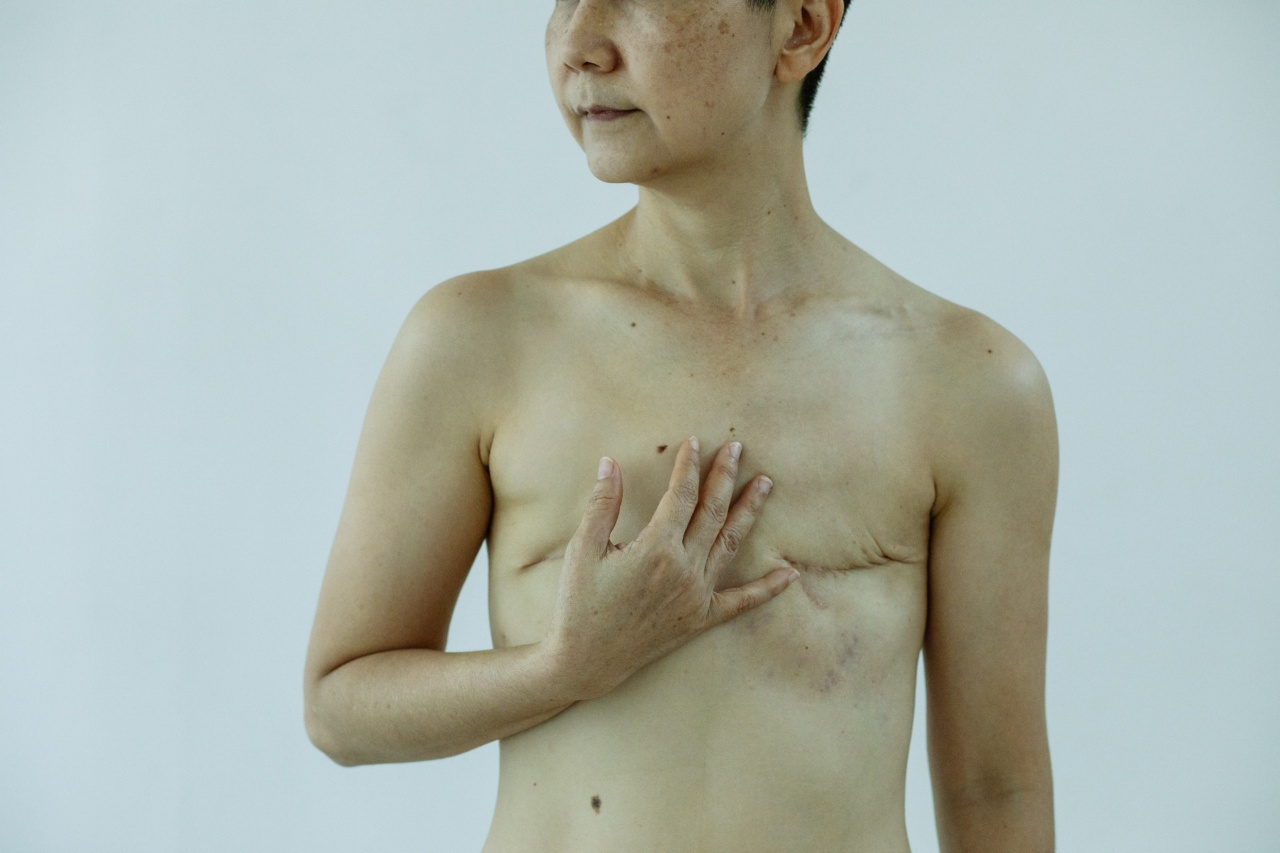Metastatic breast cancer, also known as stage IV breast cancer, is the advanced stage of breast cancer where the cancer cells have spread to other parts of the body through the bloodstream or the lymphatic system.
This is the most advanced stage of breast cancer, and it is estimated that over 40,000 women die of metastatic breast cancer every year in the United States alone, making it the second leading cause of cancer deaths in women.
One of the most common treatments for metastatic breast cancer is chemotherapy. Chemotherapy involves the use of drugs to kill cancer cells.
However, the drugs used in chemotherapy can also damage healthy cells in the body and cause side effects such as nausea, hair loss, and fatigue. This is where the Doxorubicin Oncology Treatment (DOT) comes in. DOT is a new targeted therapy for metastatic breast cancer that has been developed to minimize the side effects of chemotherapy.
What is DOT?
DOT is a type of chemotherapy that targets only cancer cells, minimizing the side effects of treatment. DOT uses a nanoparticle-based delivery system to target the cancer cells specifically.
The nanoparticles are designed to bind to the cancer cells and release the chemotherapy drug inside the cancer cells, killing them from the inside out. This targeted delivery of chemotherapy minimizes the damage to healthy cells and reduces the side effects of treatment.
The major benefits of DOT are its increased effectiveness in treating metastatic breast cancer and the reduced side effects of treatment.
DOT has shown promising results in clinical trials, with an overall response rate of 50% and increased progression-free survival compared to traditional chemotherapy.
Why Say No to DOT?
While DOT may seem like a miracle cure for metastatic breast cancer, there are several reasons why patients should say no to DOT.
1. Limited Availability
DOT is a new therapy that is still under development and is only available in a few clinics and hospitals in the United States. This limited availability may make it difficult for patients to access the treatment.
2. High Cost
Due to the complex delivery system and targeted nature of DOT, the cost of treatment is high. This may make it difficult for patients to afford the treatment, especially those without insurance or those living in countries without universal healthcare.
3. Lack of Long-Term Safety Data
DOT is a new therapy, and there is limited long-term safety data available for the treatment. This lack of data may make it difficult for patients to make informed decisions about the risks and benefits of treatment.
4. Serious Side Effects
While DOT is designed to minimize the side effects of chemotherapy, it is not without side effects. The most common side effects of DOT include nausea, fatigue, and hair loss.
Additionally, DOT can cause serious side effects such as heart damage, kidney damage, and liver damage.
5. Limited Effectiveness
While DOT has shown promising results in clinical trials, it may not be the most effective treatment for all patients. DOT is only effective against certain types of breast cancer, and it may not be effective against other types of cancer.
Alternatives to DOT
While DOT may be a promising therapy for metastatic breast cancer, there are alternative treatments available that may be more appropriate for some patients.
1. Chemotherapy
Traditional chemotherapy is still an effective treatment for metastatic breast cancer. While it may cause side effects, it is widely available and has been used for many years to treat cancer.
2. Hormone Therapy
If the cancer is hormone receptor-positive, hormone therapy may be a more appropriate treatment. Hormone therapy targets the hormones that fuel the growth of cancer cells.
3. Immunotherapy
Immunotherapy is a newer treatment that uses the body’s own immune system to fight cancer. While it is still being developed, it has shown promising results in clinical trials.
Conclusion
Metastatic breast cancer is a serious and often deadly disease. While DOT may seem like a miracle cure, it is important to weigh the risks and benefits of treatment before deciding whether or not to undergo the treatment.
Patients should discuss their treatment options with their doctors and consider alternative treatments if DOT is not appropriate for them.




























